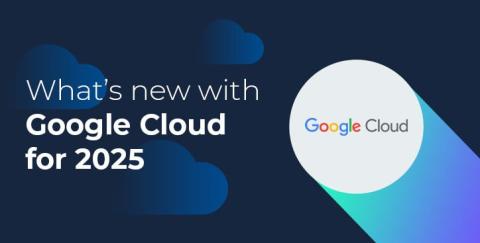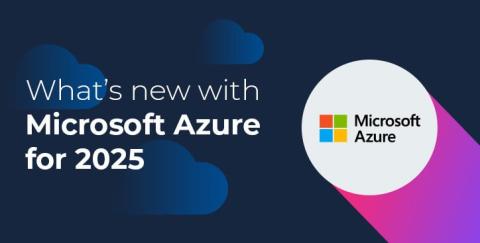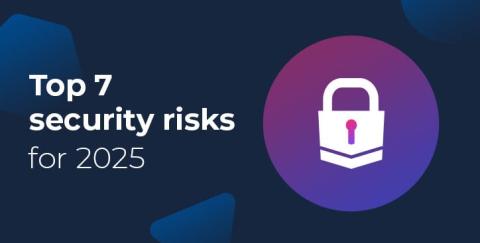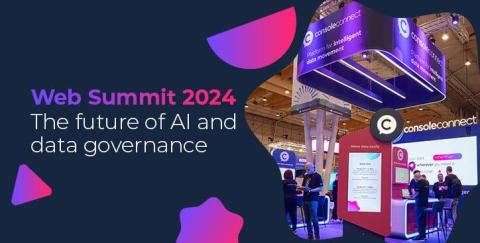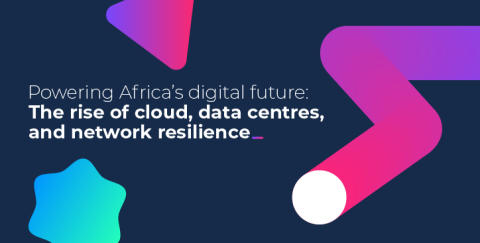What's new with Google Cloud for 2025
Google Cloud remains the third-largest provider, holding a 13% share in the global cloud infrastructure services market. In Q3 2024, Google reported a 30% year-over-year revenue growth reaching $12 billion in sales. However, it is a competitive market so they are working hard to accelerate this momentum and drive future growth with developments in AI innovation and infrastructure investments.


